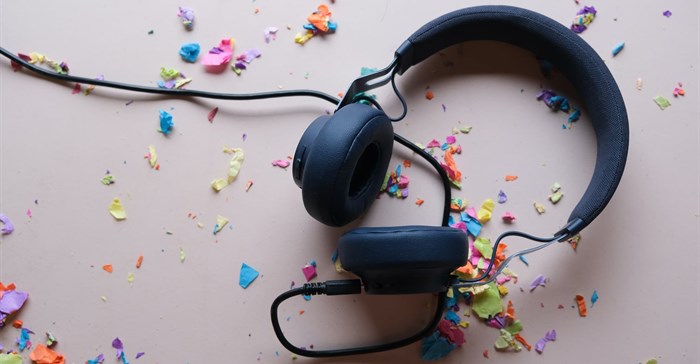Sound-centric branding on social media

Netflix’s ‘ta-dum’ and McDonald’s “bada ba ba ba” are prime examples of iconic sonic branding. Sonic branding is known as the strategic use of music or sound to reinforce brand recognition and enhance the consumer experience.
The paradigm shift we’ve experienced, expedited by the pandemic, saw us moving from photo-sharing to video-sharing and has now yielded a new unofficial platform: sound-sharing. More than just music, being able to search for any sound – beyond simply songs – has opened up an entirely new world of possibilities: from movie quotes to sound effects and more.
For the first time on social media, audio has gained the ability to be isolated from its source video and have a life of its own. Let’s unpack this on one of the top social media platforms driving this music-centric trend - TikTok.
TikTok is a 'sound on' platform, and creating your campaigns with this in mind could end up defining your ultimate level of success on the app. The beauty of TikTok is how a random video can kickstart a viral trend - which is what one woman learned when she became a sensation after an impromptu clip of her became a popular sound.
Katey Lorrell attempted to show off her outfit in a video as she moved back to get a better full-length shot, but failed to see the large wooden leg on the corner of the bed behind her, causing her to knock into it and yell in pain - a high-pitched "ah". This video then spawned millions of remixes where users sang along to “staying alive” and other popular songs and quotes.
@kbtiest @kateylorrellduet ♬ 原聲 - 小尾巴Tiest
The app that launched 80’s icons like Fleetwood Mac and Kate Bush into the current cultural zeitgeist, puts audio at the forefront rather than treating it as an afterthought. Audio is the trigger point with most creators seeking sounds on TikTok first, then creating content to fit it. That's because TikTok users can use sound to discover content.
“Sound is part of the TikTok DNA. We’re seeing or rather hearing a shift of local brands creating their own clips, lyrics, soundbites, licks, lyrics and even full tracks. We have seen electronic brands using 3D audio to tell stories by making you experience the cold effects of their aircon, beauty brands creating catchy songs for their creators as well as audience to play and create product trials with and FMCG’s brands creating music for their own dance challenges. We as marketers should be asking ourselves, what does my brand sound like? Much like we use visual cues, where brands rely on logos, colours, and typefaces in visual media, we will see the rise of sound cues and smarter use of sound and music,” said Chantelle Herbst , senior client partner, TikTok for Business at 365
According to TikTok's own research, 73% of users will "stop and look" at ads on TikTok with audio. As per TikTok:
"Music and sound are TikTok's universal language; they play an integral role in the community's creativity, liveliness, and cultural impact. From working with a culturally relevant musician to creating a custom song, or tapping into trending voiceovers and jingles on-platform, music and sound play a major role in how brands share their personalities with the world."
In order to capitalise on this, TikTok advises brands to license popular audio, leverage the existing commercial library, partner with artists, create new sounds and amplify branded sounds.
Steps for your sound-on strategy, then, should include:
- Adding your sonic branding to all Facebook video assets and stories
- Tapping into audio and starting a conversation on Twitter Spaces
- Creating animated sound logos for YouTube
- Blending branded elements into your Instagram reels audio
- Using audiograms to humanise key spokespeople
We are undeniably entering a sound-centric era. Whether your strategy is to simply upload existing jingles and other soundmarks, or to commission custom compositions for the medium, sharing sonic branding with the world enables your audience to engage in a whole new way.
About Ashleigh Burton
- #TheSocialAshTag: New social media platforms you should know about - 17 Oct 2022
- #TheSocialAshTag: Are hashtags still relevant? - 23 Aug 2022
- #TheSocialAshTag: Sound-centric branding on social media - 27 Jul 2022
- #TheSocialAshTag: Piquing your Pinterest - 8 Jul 2022
- #TheSocialAshTag: D&AD PR category trends for 2022 - 27 May 2022
View my profile and articles...


